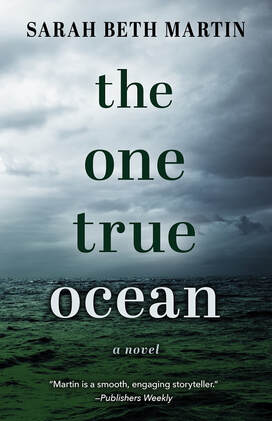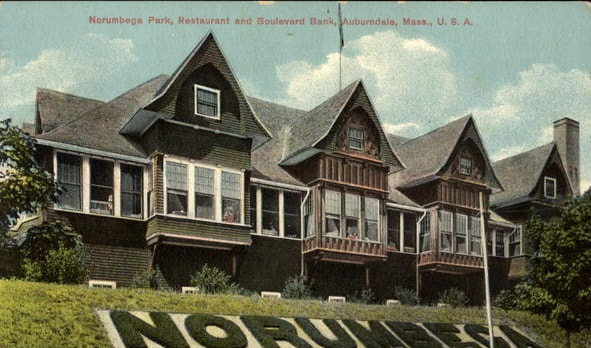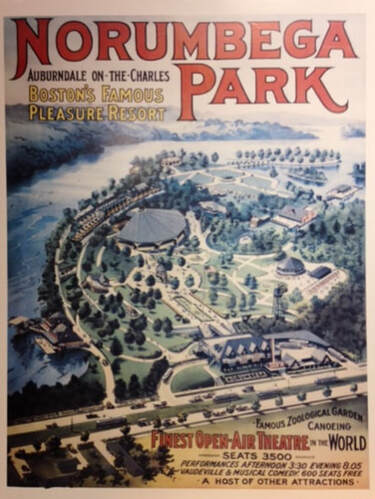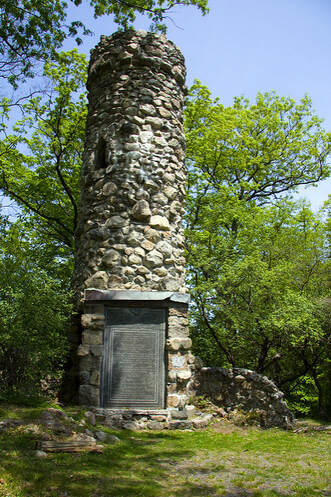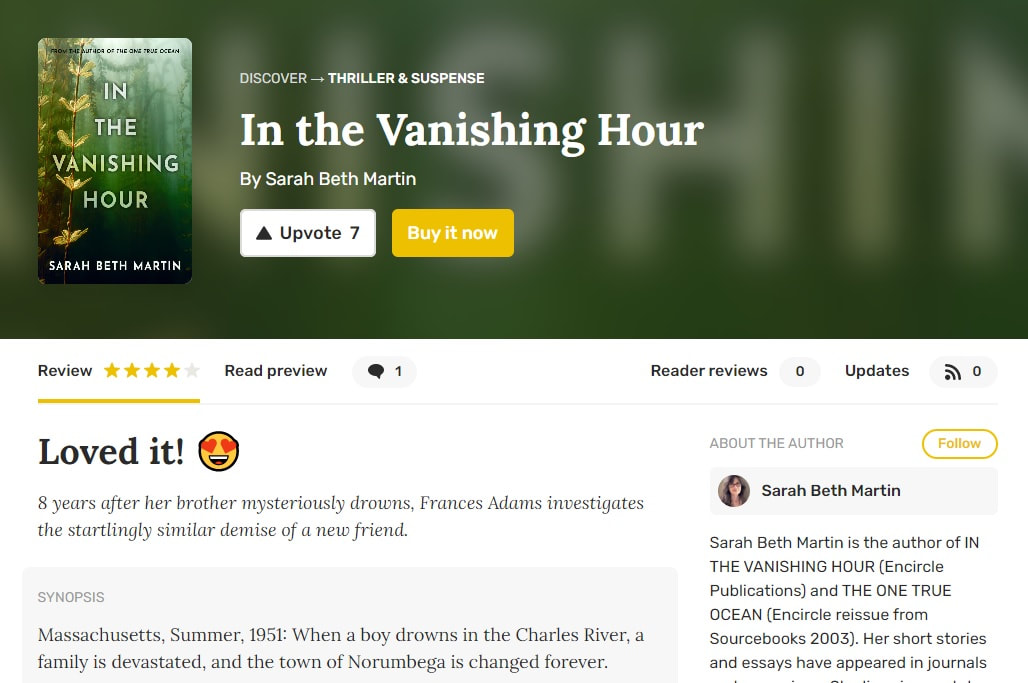Images courtesy of Newton Conservators. A few months back, I offered an advance reader copy of In the Vanishing Hour to be picked up by a reviewer on Reedsy Discovery. It was an excruciating wait, as I was unable to see who the reviewer was or what they thought of my book.
I just received the review by Megan Weiss, and I couldn't be more pleased. You can read the full review on my Reedsy book page, but here's an excerpt: "I kept waiting for new clues to be dropped so that I could pin them up on the corkboard in my mind. In the end, each new connection seemed to blend effortlessly into a bigger picture that was more intricate than you could have ever imagined." Thank you to Megan Weiss for reading my novel and leaving such a lovely review. |
My Journal, a.k.a. BlogA place for author news, writing inspiration, pretty pictures, and other nostalgic musings.
|
